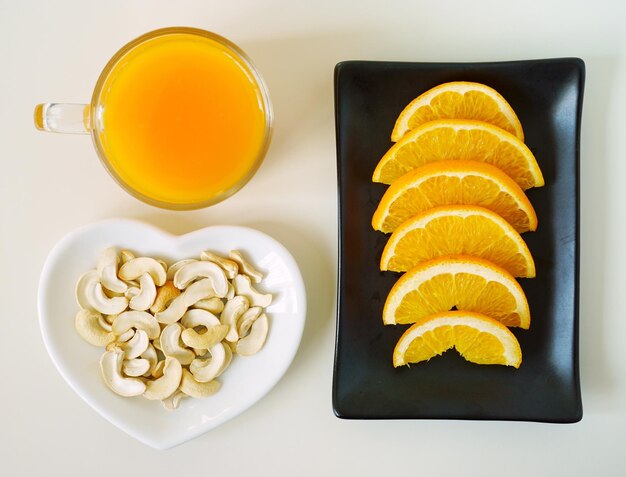In an age where wellness trends come and go, matcha has proven itself to
be more than just a passing fad. With roots stretching back centuries, this
vibrant green tea has found its way from Japanese tea ceremonies to
modern cafes, fitness smoothies and even skincare products. But what
exactly is matcha, and why has it captured the attention of health-conscious
individuals around the globe?
Let’s explore the rich history, powerful benefits and versatile uses of
matcha; and why this ancient superfood still deserves a place in your
modern routine.
The Origins of Matcha: A Tea with Tradition
Matcha’s story begins in China during the Tang Dynasty (7th–10th century),
where tea leaves were steamed and formed into bricks for easy transport
and trade. Buddhist monks eventually brought the practice to Japan, where
it evolved into something much more refined. By the 12th century, the
Japanese had developed a distinct method of cultivating and preparing tea:
shading the leaves before harvest, drying them and grinding them into a fine
powder. This powder matcha became central to the Japanese tea ceremony,
a practice deeply rooted in mindfulness, discipline and respect. For
centuries, matcha remained closely tied to Zen Buddhism, used by monks to
enhance meditation. Its calming yet alerting properties made it the perfect
companion for long hours of stillness and focus.
The Health Benefits of Matcha: Small Cup, Big
Impact
What sets matcha apart from other teas is that you’re consuming the entire
leaf, meaning you’re getting all the nutrients, antioxidants and benefits in a
highly concentrated form. Here are just a few reasons health experts and
enthusiasts swear by matcha:
1. Rich in Antioxidants
Matcha is loaded with catechins, particularly EGCG (epigallocatechin
gallate), which is known for its cancer-fighting properties. In fact, matcha
contains up to 137 times more antioxidants than regular green tea. These
compounds help neutralize free radicals, supporting overall cellular health
and slowing the aging process.
2. Boosts Brain Function
Thanks to a unique combination of caffeine and L-theanine, matcha
enhances cognitive performance without the jittery crash of coffee. Caffeine
provides alertness, while L-theanine promotes relaxation, creating a
balanced, focused energy ideal for work, study or creative tasks.
3. Supports Metabolism and Weight Loss
EGCG also helps increase thermogenesis, the body’s rate of burning calories.
Combined with moderate exercise and a healthy diet, matcha can support
weight management and fat burning.
4. Enhances Mood and Calmness
L-theanine doesn’t just improve focus; it also increases the production of
dopamine and serotonin. The result? Better mood, reduced stress and a
general sense of well-being.
5. Detoxifies the Body
Matcha is high in chlorophyll, especially because the leaves are shaded
before harvest. This green pigment helps the body eliminate heavy metals
and toxins, making matcha a natural detoxifier.
How to Use Matcha: Beyond the Tea Bowl
Traditionally, matcha is prepared using a bamboo whisk (chasen) and hot
water in a tea bowl (chawan), resulting in a frothy and earthy beverage. But
in today’s world, matcha has gone mainstream and its versatility is one of its
greatest strengths.
✔ Matcha Lattes
One of the most popular ways to consume matcha is in a latte combined
with steamed milk (dairy or plant-based) and a touch of sweetener. It’s a
perfect alternative to your morning coffee.
✔ Smoothies and Protein Shakes
Add a teaspoon of matcha to your smoothie for a green energy boost that
doesn’t overwhelm the flavor.
✔ Baking and Cooking
From matcha pancakes to green tea muffins and energy balls, you can use
matcha as a creative flavor enhancer in a variety of recipes.
✔ Skincare
Due to its antioxidant and anti-inflammatory properties, matcha is making
its way into face masks, scrubs and serums offering benefits for acne-prone
or sensitive skin.
Choosing the Right Matcha: Quality Matters
Not all matcha is created equal. If you’re serious about reaping its benefits,
invest in ceremonial-grade matcha for drinking, and culinary-grade
matcha for cooking and baking. Look for:
Bright, vibrant green color (a dull or yellowish hue means lower quality),
Origin from Japan, especially regions like Uji, Nishio, or Shizuoka, Freshness
and packaging that protects it from light and air
A Modern Ritual Worth Embracing
Incorporating matcha into your daily life doesn’t have to be complicated.
Whether you’re sipping a warm bowl in the morning, blending it into your
smoothie or baking it into treats, matcha brings a sense of ritual, clarity and
wellness. In a world that often feels rushed and over-stimulated, matcha
offers a moment of pause a small but powerful practice of self-care and
intention. It invites us to slow down, breathe deeply and be present.
Final Thoughts
Matcha isn’t just a trend, it’s a tradition backed by science, rooted in
mindfulness and enriched with benefits for both body and mind. It connects
us to ancient practices while supporting our modern pursuit of balance and
wellness.
So the next time you’re reaching for a drink to fuel your day, consider
matcha: a green elixir with a purpose, a history and a promise.

